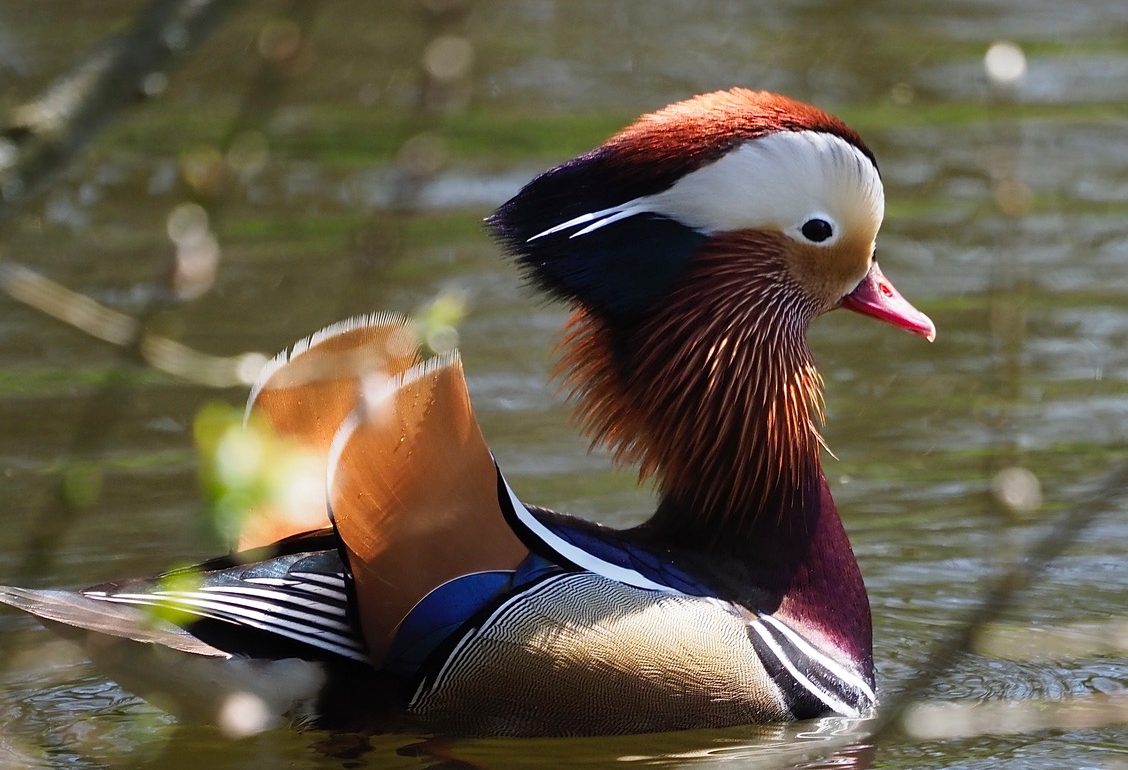
One of the many pleasures of birdwatching is encountering the unexpected, as I was reminded last week when out surveying for Woodlarks. Walking across the first heath, where there was rumoured to be a pair of Woodlarks, I heard high-pitched quacking. I knew what it was without lifting my binoculars – a female Mandarin. It soon appeared overhead, closely followed by a drake. They circled around me, giving a great view, before disappearing from view.
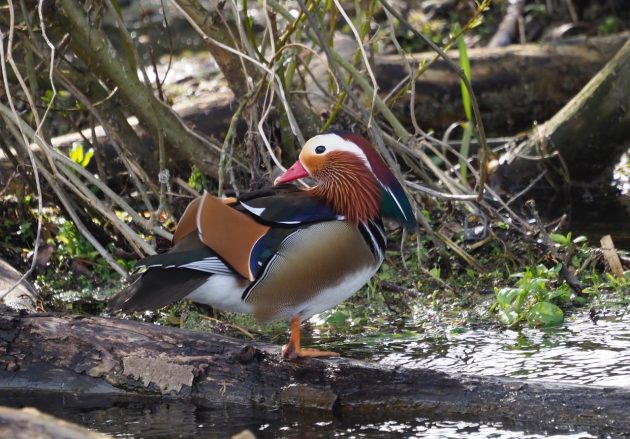
This was notable, as it was my first-ever sighting of Mandarins at this particular site. These exotic Chinese ducks are one of my favourites. My interest in Mandarins goes way back to the 1960s, when, as a teenager, I kept a small collection of wildfowl on a pond in my parents’ garden. The first ducks I acquired were a pair of Carolinas (Wood Ducks) and a pair of Mandarins. The former, I recall, cost me £6, while the Mandarins were twice as expensive at £12. They were a good buy, as they were the most delightful ducks, and I never failed to delight in watching the drake display to his mate, raising his wonderful crest, along with his extraordinary orange sails.
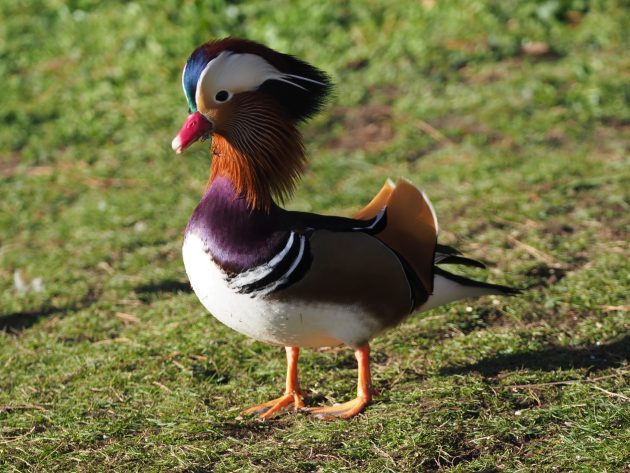
Long popular in wildfowl collections, Britain’s Mandarin population is descended from six pairs of these Chinese ducks given by the French ornithologist Jean Delacour to Alfred Ezra in 1928. Ezra released them in the grounds of his home, Foxwarren Park, near Cobham in Surrey. They bred successfully the following year, and a thriving feral population soon became established around Windsor Great Park and Virginia Water.
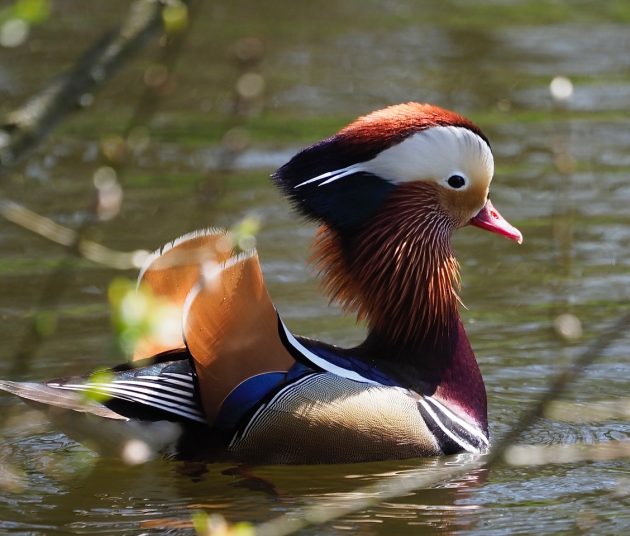
For many years Britain’s Mandarin population remained centred on this area of Surrey and Berkshire. The Atlas of Breeding Birds in Britain and Ireland (1976) reckoned that there were as many as 300-400 breeding pairs in Britain, while they had been found to occur in 41 10-km squares, or 1% of the British Isles. The more recent Bird Atlas 2007-11 reveals that this “generally shy and secretive species” had expanded enormously, with a 1156% gain in distribution since the first Atlas.
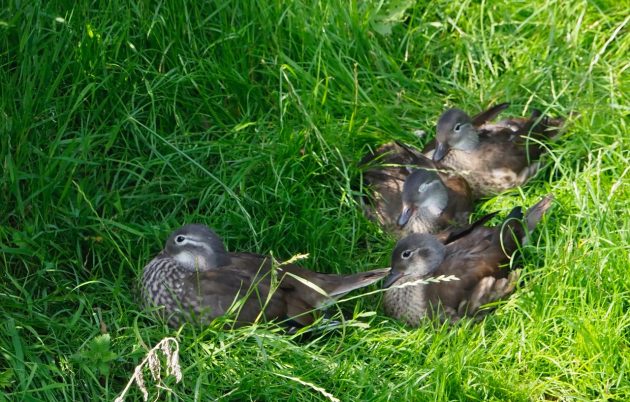
A wild brood of Mandarins: a female with three fledged ducklings
It’s not just England where these beautiful ducks have become established. According to the European Breeding Bird Atlas 2, Mandarins are now well established in the Netherlands, Belgium and Germany “with a more scattered distribution beyond these core areas. The Mandarin now occurs as far south as the Pyrenees and North Italy, east to Lithuania and north to Finland.”
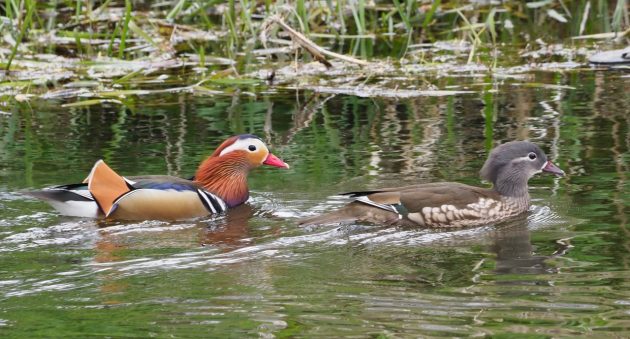
It’s clear that Mandarins are here to stay. It’s not hard to explain their success, for these ducks favour small ponds and lakes in woods, a niche little used by our native ducks. They are hole nesters, so in Europe can use Black Woodpecker nest holes (we don’t have Black Woodpeckers here in the UK). In Britain they have proved adaptable, even using Barn Owl nest boxes. Goldeneye also nest in holes in trees, but a study looking at the possible ecological impact on these ducks, such as out-competing Goldeneye, concluded that the possibility of negative impact was low. The Mandarin appears to be that rare alien species: one with little or no negative impact in the countries it has established itself. Interestingly, Mandarins are incapable of hybridising with other ducks, due to a chromosome aberrance. They can’t even cross breed with their close cousin, the North American Wood Duck.
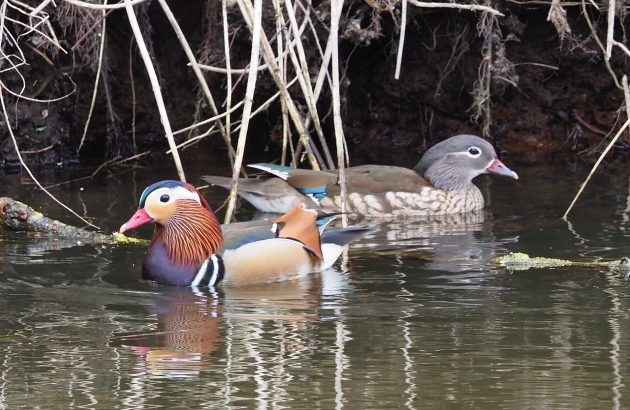
In the first edition of The Collins Bird Guide (1999), the Mandarin duck features, along with all the other wildfowl species in the front of the guide. In the latest edition you will find that it has been banished to the back, to the category “Introduced breeding species and species recorded only as escapes”. You might think that’s where an introduced exotic like this should remain, but as a Mandarin fan I think it’s a shame. It’s a duck that anyone birdwatching in northern Europe is increasingly likely to encounter. However, one thing is certain: nobody is ever going to have a problem identifying a drake Mandarin, even if the duck is rather more subtle.
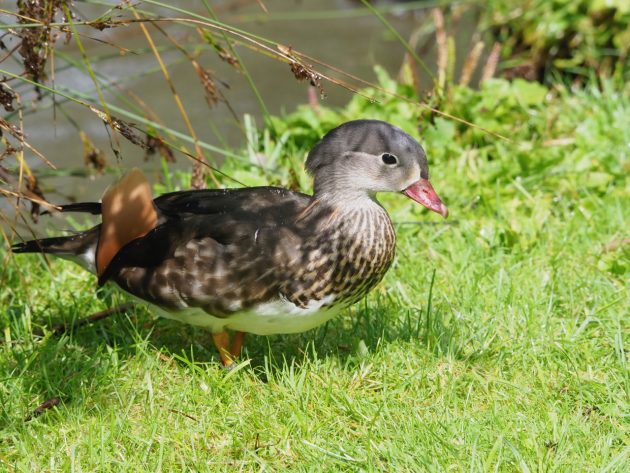
A drake Mandarin in eclipse plumage. Note the pink beak. He has yet to moult his sails
There was a time when it was thought that Britain’s Mandarin population was of global significance because of population decline in the duck’s native China. I’m not sure that’s still true, for the Mandarin is on the IUCN Red List as a species of Least Concern. Though it may be an alien, I reckon that the Mandarin, unarguably one of the prettiest of all the ducks, is a delightful addition to our avifauna.
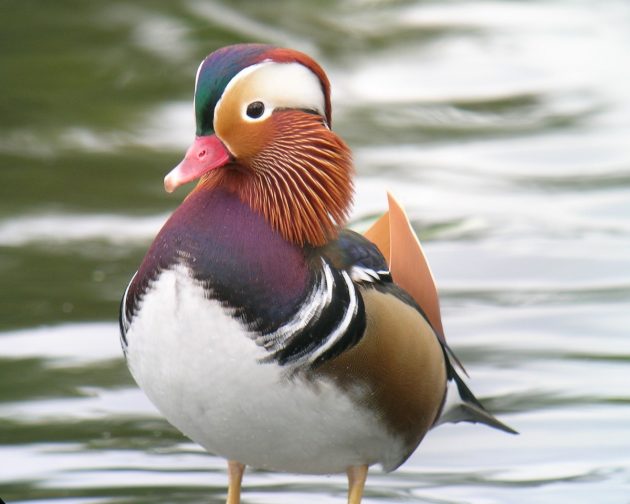




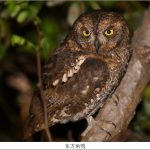






Lovely bird. I think they’re prettier than pittas and I have actually seen them 😉
In my copy of The History of British Birds by Yalden & Arbarella there is a reference to a possible Mandarin record from Norfolk from an interglacial of around 350,000 years ago. Sadly I gather this record has now been downlisted to unconfirmed, but it is not impossible that either Mandarin or a closely related species were once found in Europe. Many European birds have close relatives in Asia, for example Iberian Magpie and the far eastern Azure-Winged Magpie were for a long time thought to be the same species.
Having never birded in East Asia, I only know this species from a park in Munich. It was still a thrill to see it there.
For a post on seeing the Mandarin Duck in their native China, look here: https://www.10000birds.com/the-mandarin-duck.htm